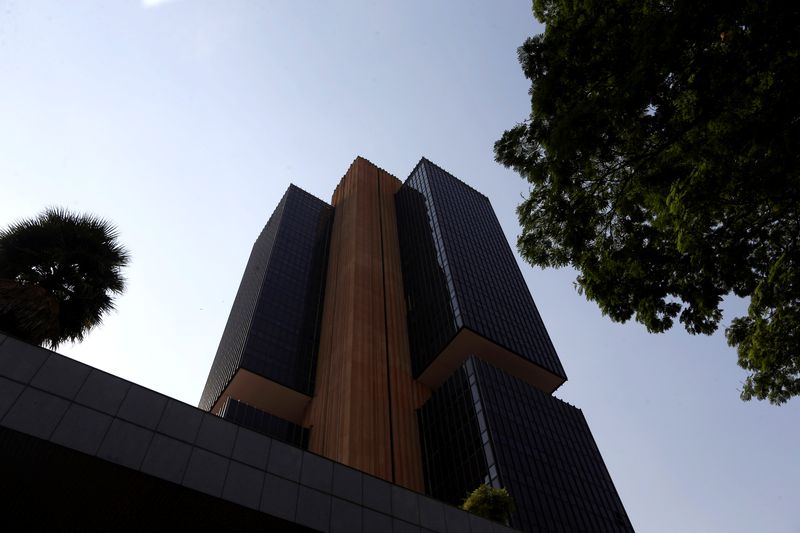By Marcela Ayres
BRASILIA (Reuters) - Brazil's central bank more than quadrupled its foreign reserves in Chinese yuan last year, policymakers reported on Thursday, as it trimmed holdings of U.S. dollars and euros and built Brazilian reserves of currency from its biggest trade partner.
The Chinese currency, which until 2018 was absent from the forex reserves of Latin America's largest economy, rose to 4.99% of Brazilian central bank holdings at the end of last year, from 1.21% at the end of 2020.
That gave it the third largest share of the central bank's reserves, slightly behind the euro, which fell to 5.04% last year from 7.85% in 2020. Dollar reserves fell to 80.34% of the total from 86.03% a year earlier.
The shift underscores China's growing economic importance to Brazil, where it represents 28% of international trade, more than twice the United States, its next largest trade partner, World Bank data shows.
Brazil also increased the exposure of its reserves to other currencies - including the Japanese yen, British pound, Canadian dollar, Australian dollar - and gold, often used as a hedge against other financial assets.

"In 2021, we sought greater diversification in the allocation of currencies, without prejudice to the countercyclical profile of the portfolio as a whole," said the central bank in the annual report on its foreign reserves.
Total reserves rose by $6.58 billion last year to $362.2 billion. Portfolio returns were down 0.62%, the worst performance since 2015, mainly due to the strength of the U.S. dollar against other currencies in the portfolio.